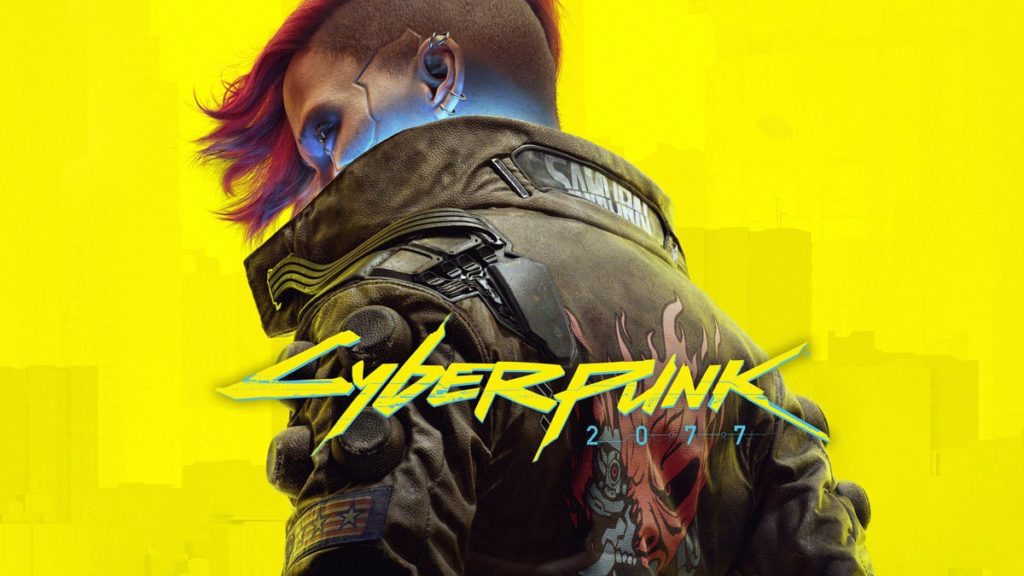
NVIDIA has revealed that Cyberpunk 2077 will be receiving a new Ray Tracing: Overdrive Mode that “greatly enhances the game’s already-incredible visuals.” CD PROJEKT RED hasn’t confirmed when the update might be released, but players can expect even better neon-illuminated environments thanks to NVIDIA’s RTX Direct Illumination technology and improvements to ray-traced indirect lighting and reflections with the new mode enabled. Helping drive performance in this demanding mode will be DLSS 3, which is also headed to Cyberpunk 2077 in a future update.
- NVIDIA RTX Direct Illumination (RTXDI) gives each neon sign, street lamp, car headlight, LED billboard and TV accurate ray-traced lighting and shadows, bathing objects, walls, passing cars and pedestrians in accurate colored lighting
- Ray-traced indirect lighting and reflections now bounce multiple times, compared to the previous solution’s single bounce. The result is even more accurate, realistic and immersive global illumination, reflections, and self-reflections
- Ray-traced reflections are now rendered at full resolution, further improving their quality
- Improved, more physically-based lighting removes the need for any other occlusion techniques
“Here at CD PROJEKT RED we are very proud to be technology innovators, and DLSS 3 gives us meaningful performance gains to tackle the addition of even higher levels of ray tracing to deliver a visually rich experience for our gamers,” said Jakub Knapik, Art Director, CD PROJEKT RED.
Cyberpunk 2077’s new Ray Tracing: Overdriving Mode is supported by the following NVIDIA technologies:
- Shader Execution Reordering (SER) reorders and parallelizes the execution of threads that trace rays, without compromising image quality.
- Opacity Micromaps accelerate ray tracing workloads by encoding the surface opacity directly onto the geometry, drastically reducing expensive opacity evaluation during ray traversal, and enabling higher quality acceleration structures to be constructed. This technique is especially beneficial when applied to irregularly-shaped or translucent objects, like foliage and fences. On GeForce RTX 40 Series graphics cards, the Opacity Micromap format is directly decodable by ray tracing hardware, improving performance even further.
- NVIDIA Real Time Denoisers (NRD) is a spatio-temporal ray tracing denoising library that assists in denoising low ray-per-pixel signals with real-time performance. Compared to previous-gen denoisers, NRD improves quality and ensures the computationally intensive ray-traced output is noise-free, without performance tradeoffs.
NVIDIA has told players to stay tuned to GeForce.com to learn when the new DLSS 3 and Ray Tracing: Overdrive Mode updates for Cyberpunk 2077 will be released.
